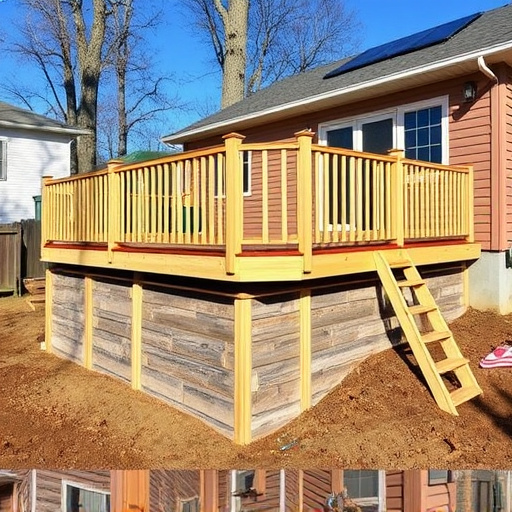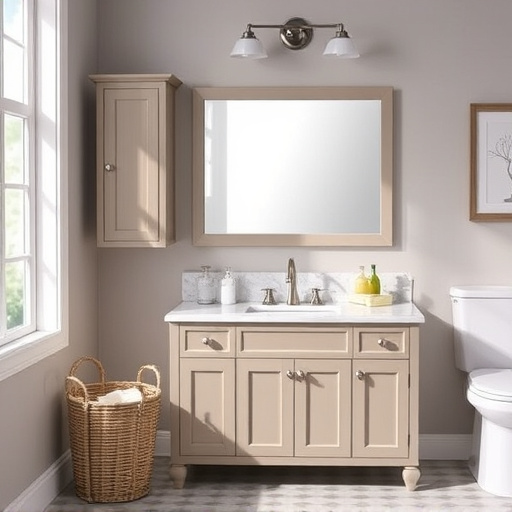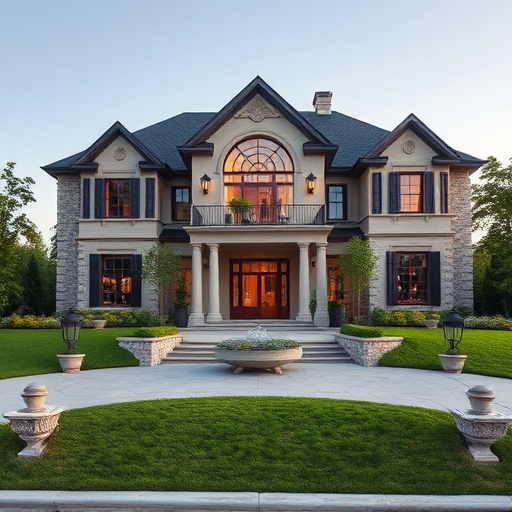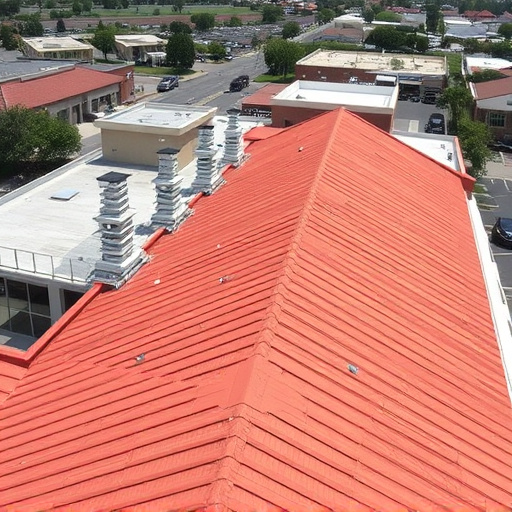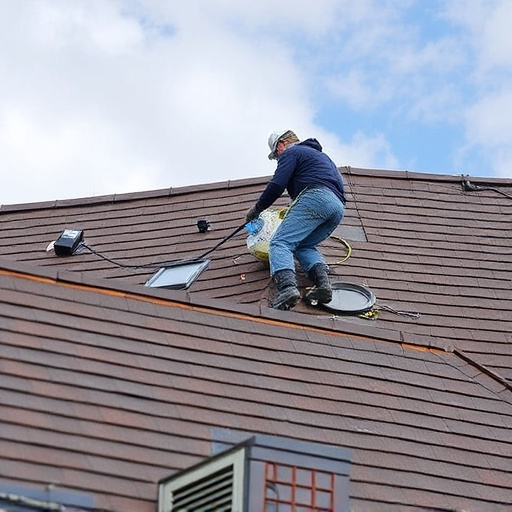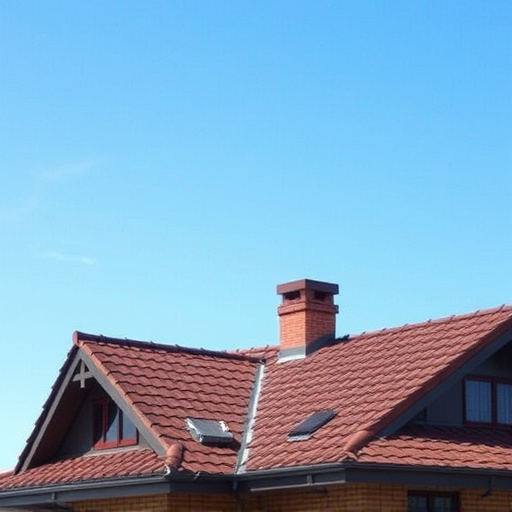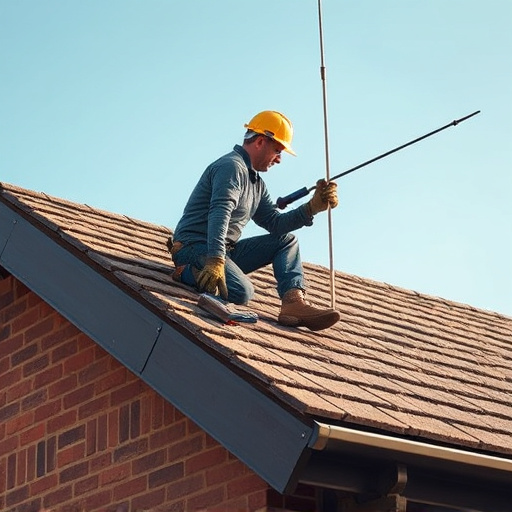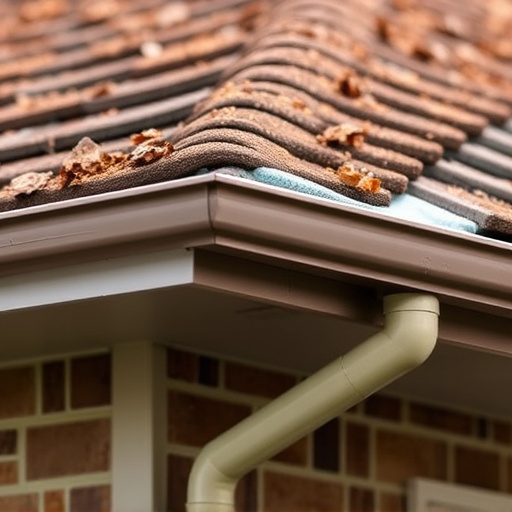Diverse siding materials offer unique benefits for homeowners and contractors. Vinyl is affordable and low-maintenance, wood provides classic aesthetics with upkeep needs, while metal siding is durable and resistant to rot and extreme temperatures. Proper installation techniques, including consistent panel spacing, good gutters, high-quality materials, and sealing, are crucial for optimal durability, structural integrity, and enhanced curb appeal in both residential and commercial properties.
When it comes to siding install, choosing the right materials is key. From traditional wood to modern vinyl, understanding your options ensures a durable and aesthetically pleasing exterior. This guide delves into the best materials for siding install work, exploring their unique advantages and considerations. Learn valuable installation tips to ensure longevity and enhance your home’s curb appeal.
- Understanding Different Types of Siding Materials
- Advantages and Considerations of Common Options
- Installation Tips for Longevity and Aesthetics
Understanding Different Types of Siding Materials
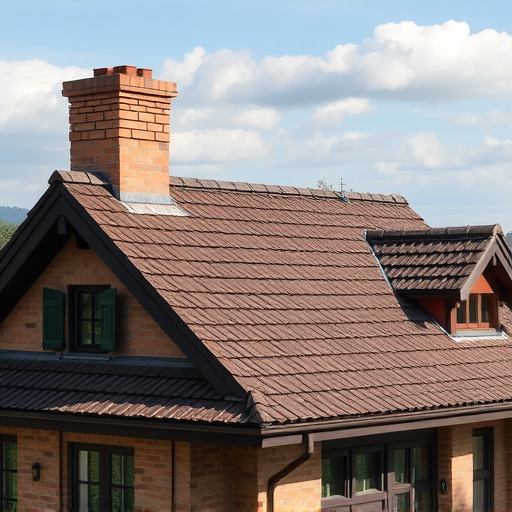
When it comes to siding install, understanding the various materials available is key for any homeowner or contractor. Different types offer unique benefits, from aesthetics to durability and cost-effectiveness. Vinyl siding, for instance, is popular due to its low maintenance requirements, resistance to rot, and ability to mimic wood grain without the need for frequent painting. Fiber cement siding, another durable option, provides excellent insulation, resists fading, and offers a wide range of design possibilities.
Wood siding, known for its classic appeal, requires more upkeep but adds natural beauty and value to a home. Steel siding is increasingly favored for its strength, resistance to pests and extreme weather conditions, and energy-efficient properties. When considering roofing and siding installation or roof repair, it’s crucial to weigh these factors – material type, durability, maintenance needs, and budget – to ensure the best choice for your specific needs and preferences.
Advantages and Considerations of Common Options

When it comes to siding install, several common materials offer a range of advantages and considerations. Vinyl siding, for instance, is popular due to its affordability, low maintenance requirements, and ability to mimic the look of wood or stone. It’s an excellent choice for those seeking long-term cost savings and ease in exterior home improvements. However, it may not offer the same level of insulation as other options and can be susceptible to damage from extreme weather conditions.
Wood siding is a classic and aesthetically pleasing choice, providing a natural look that enhances the curb appeal of any property. It’s highly versatile, allowing for intricate designs and styles. Yet, wood requires regular maintenance such as painting or staining to protect against rot and pests. Metal siding, on the other hand, offers durability and longevity, resisting rot, rust, and extreme temperatures. It’s a smart choice for those looking for low-maintenance roofing services and exterior home improvements that can last for decades. However, it may not be the most cost-effective option initially and can have a cooler aesthetic appeal compared to other materials.
Installation Tips for Longevity and Aesthetics
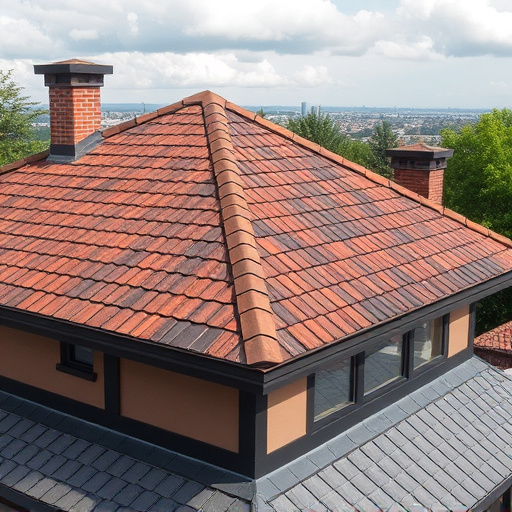
When undertaking a siding install project, whether for residential or commercial siding, attention to detail is key to ensuring longevity and maintaining aesthetics. One crucial tip is consistent spacing between each panel to allow for proper water drainage, preventing water damage that can compromise the integrity of your roofing and siding. Gutters and downspouts should also be installed or ensured to be in good condition, as they play a vital role in directing rainwater away from your property.
Additionally, using high-quality materials is essential. Look for products labeled as weatherresistant and durable, designed to withstand varying climates and environmental conditions. Proper installation techniques, including sealing around doors, windows, and other penetrations, will further protect against drafts and moisture intrusion. This ensures not only the structural soundness of your building but also maintains its attractive exterior appearance over time, enhancing curb appeal and property value, especially in commercial siding applications.
When undertaking a siding install project, selecting the right materials is key. By understanding the unique properties and benefits of each option, from traditional vinyl to contemporary fiber cement, you can make an informed decision that enhances your home’s curb appeal and ensures long-lasting durability. Follow expert installation tips for a seamless finish, ensuring your siding not only looks great but also stands the test of time against the elements.


